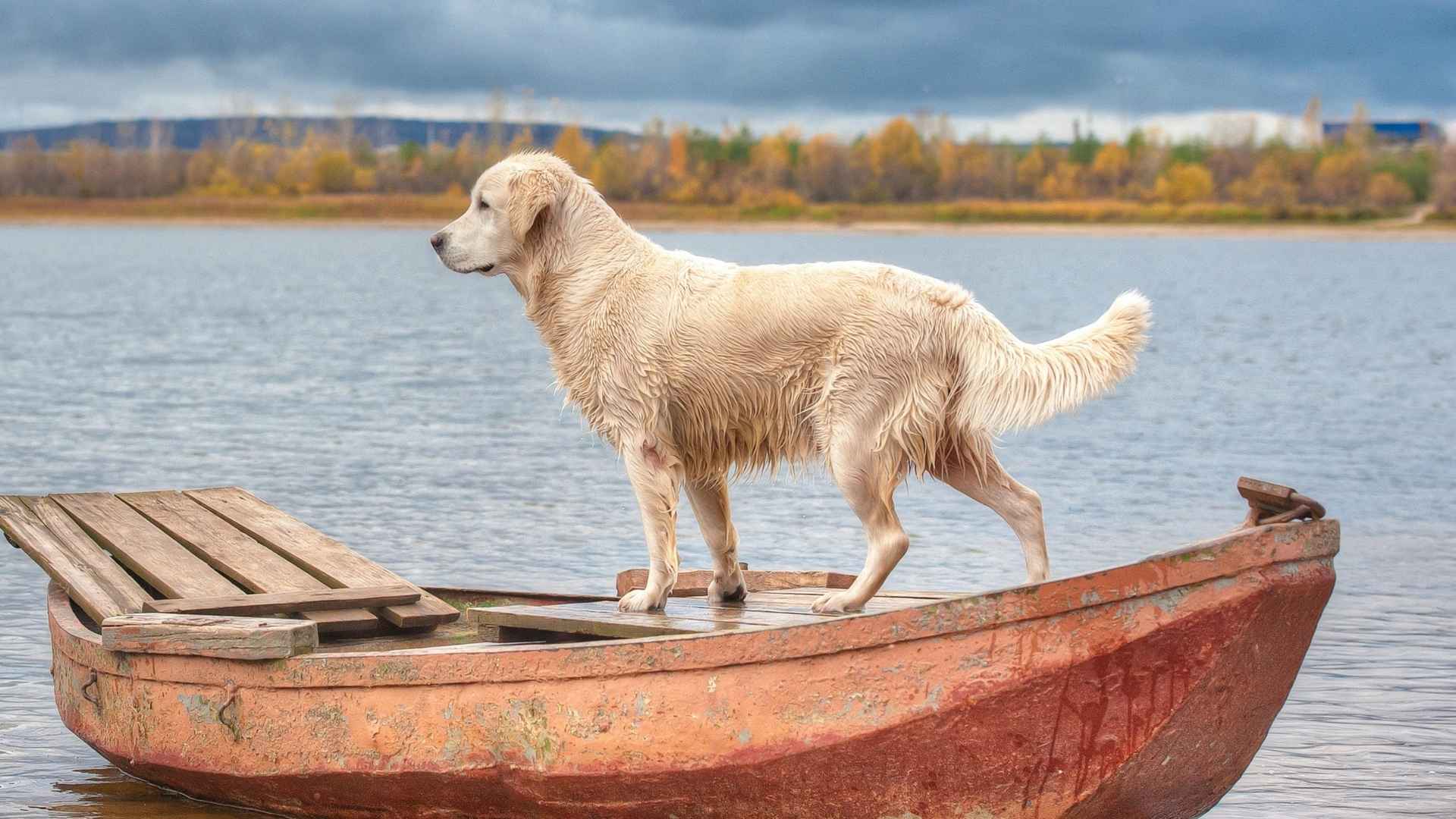You bought a canoe, planned your trip, and even packed your dog’s life jacket. But once on the river, your dog wouldn’t stop shifting, whining, or trying to jump out. It’s a common situation, and one most new boaters don’t expect.
The fact is, not all dogs are suited for calm water adventures. Some simply don’t have the temperament for it. But others adapt immediately. They sit quietly, balance easily, and tune into your energy.
Whether it’s fishing on a lazy bend, paddling through quiet marshes, or simply soaking in the stillness, certain breeds make these moments better. For dog owners who enjoy river boating, the difference is noticeable from the first trip. The right dog doesn’t make it harder. They make it peaceful.
In this article, we’ll look at seven breeds known for their calm nature and love of boating.
Dog Breeds That Love Boating On Calm Rivers
1. American Water Spaniel
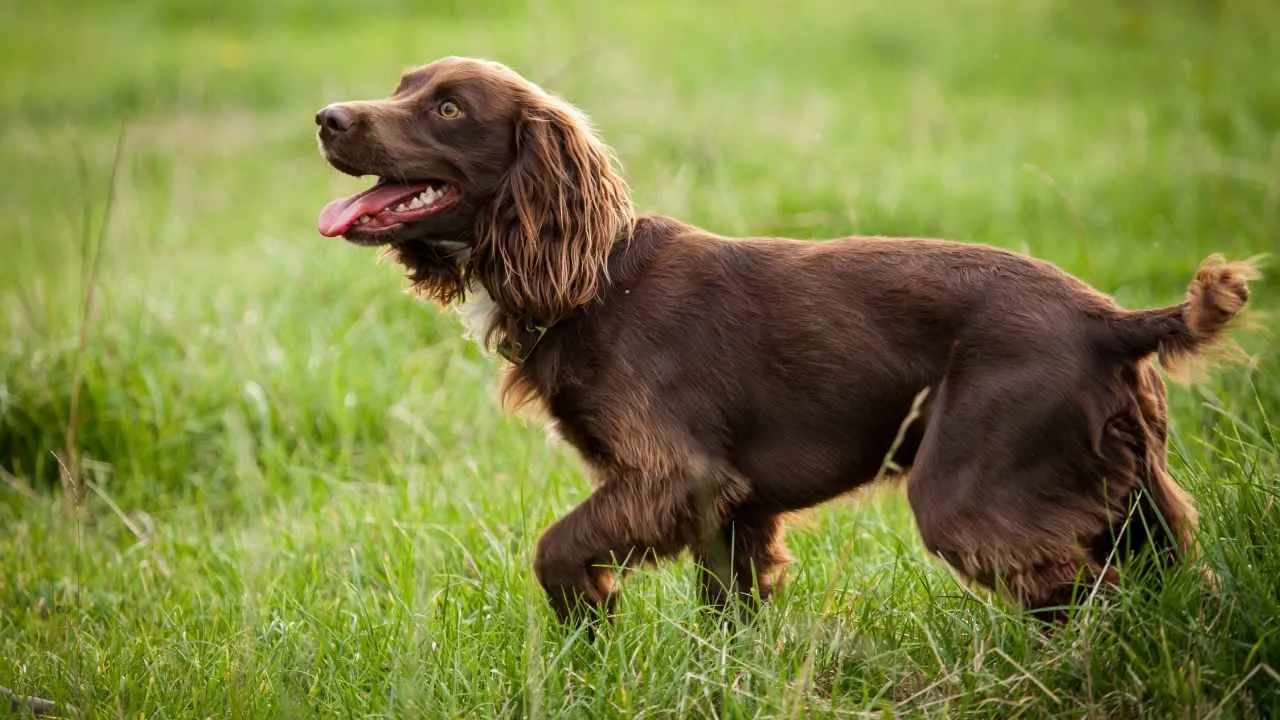
This breed has a natural comfort around boats, often jumping in without needing encouragement. Its confidence on docks and small decks makes it easy to manage. With a compact body and agile build, it balances well even in slightly unstable spots.
Calm Water Focus
While some dogs get overly excited around water, this breed shows a calm curiosity in quiet river environments. It watches ripples and moving reflections with interest, waiting for cues before reacting. This makes it a great fit for relaxed boating settings.
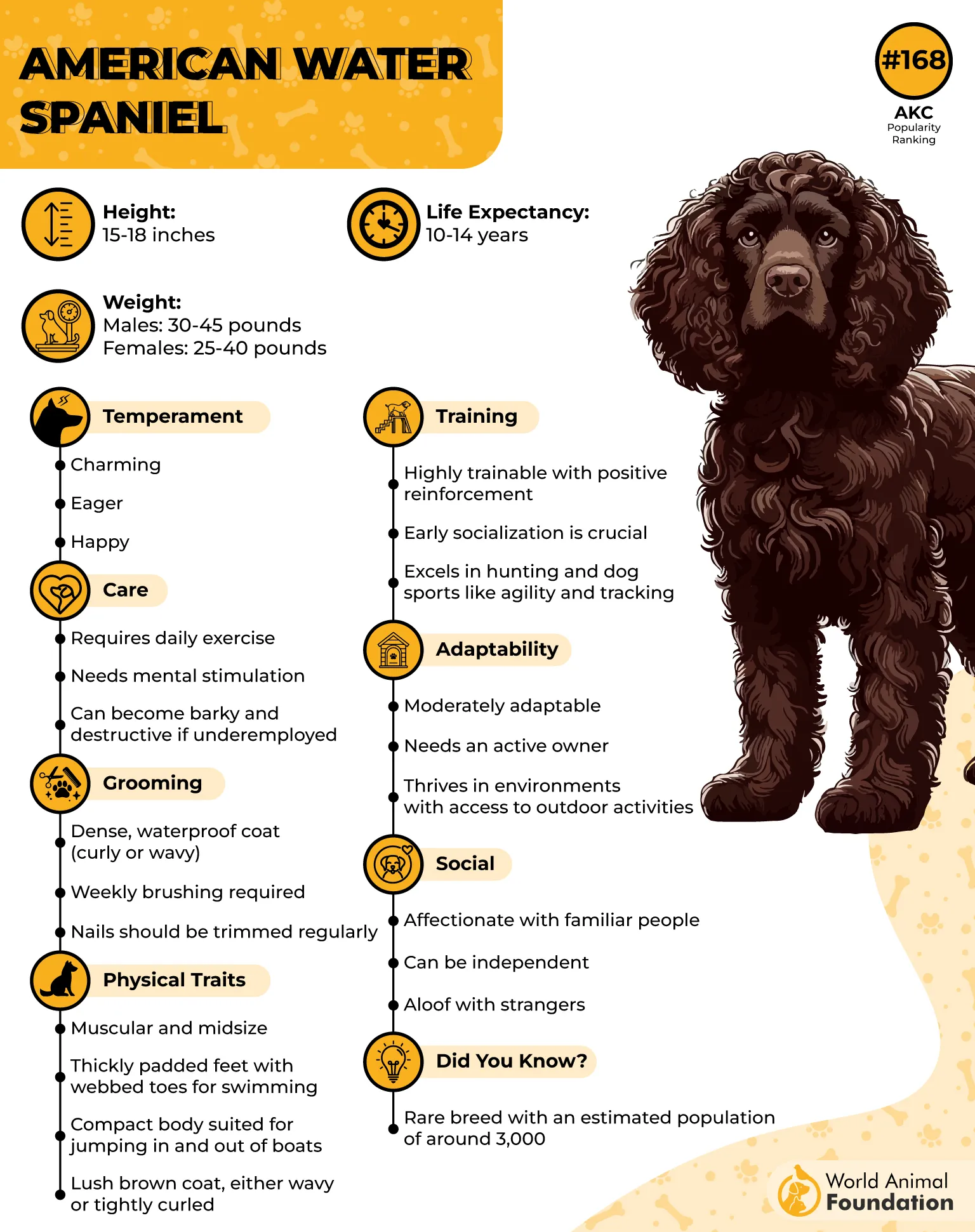
Endurance in Water Settings
The American Water Spaniel was originally bred to retrieve game from both land and water across the Midwest, as Hills Pet describes. It carries a steady pace in outdoor activity without tiring quickly. Its stamina is ideal for longer, peaceful hours spent floating or exploring.
Physical Adaptation for the Job
It has dense, moisture-resistant fur and webbed feet, which help it swim efficiently without panicking in unexpected dips. This physical design supports it in both shallow wading and deeper areas. These traits add reassurance during river rides with movement.
2. Irish Water Spaniel
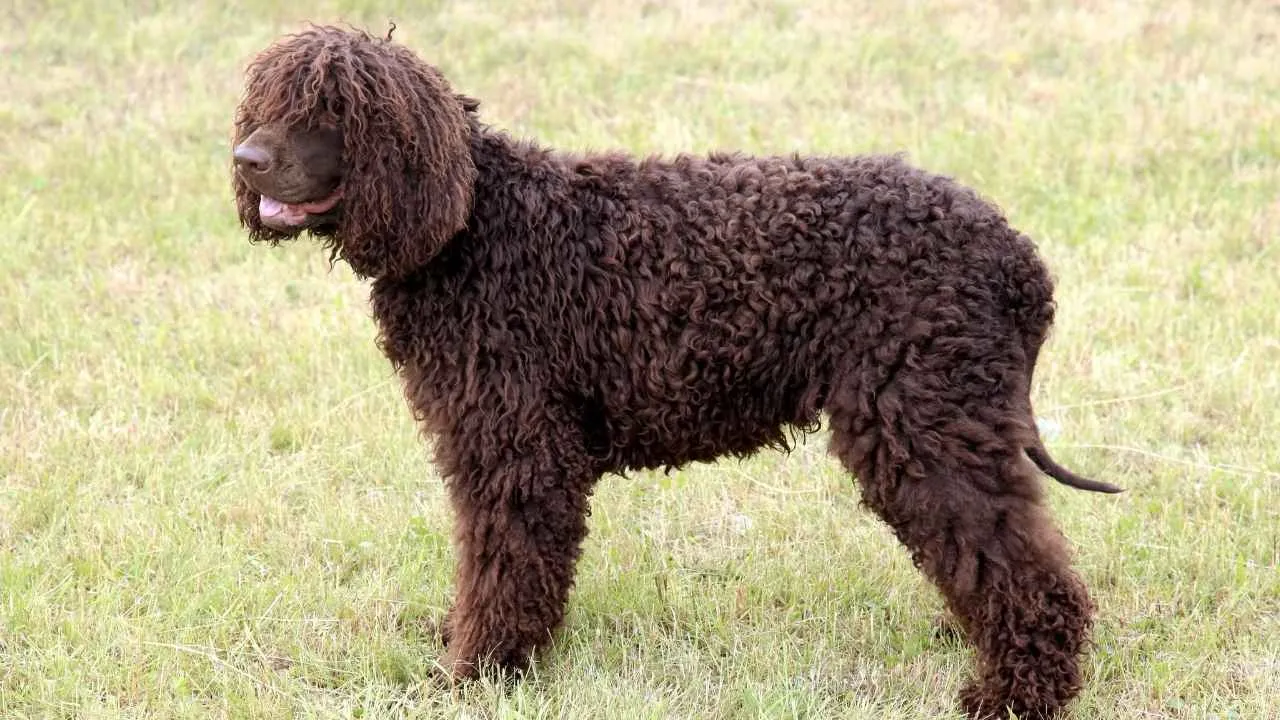
The Irish Water Spaniel is one of the few breeds that shows genuine patience during long boat rides. It often settles into a low position while staying alert. This balanced behavior is ideal for smooth river trips with minimal movement disruptions.
Natural Swimming Ability
They are recognized as great swimmers with a build designed for water efficiency. Their rat-like tail and large webbed paws improve propulsion and steering, as per the AKC. These physical advantages help them navigate calm water without splashing or fatigue.
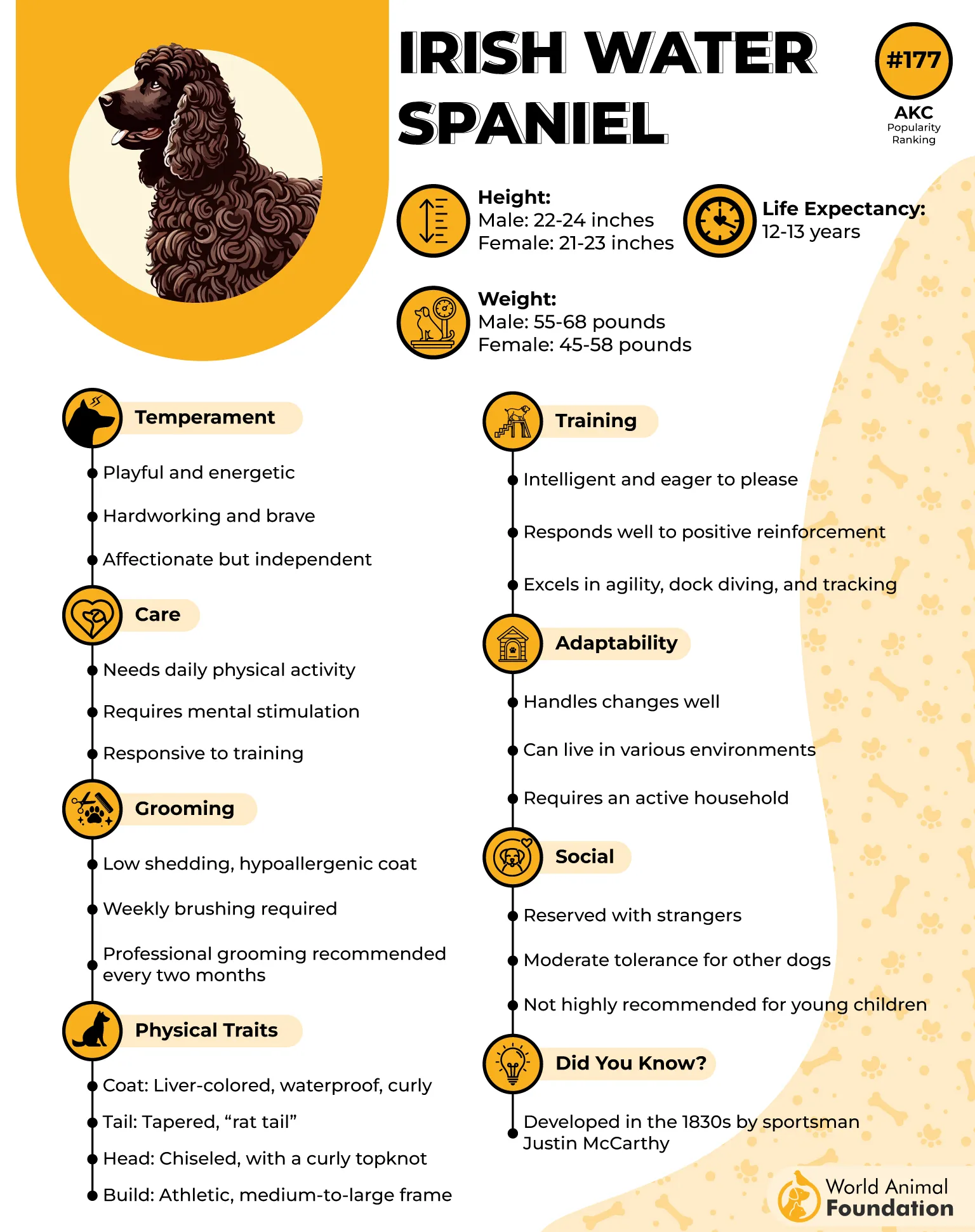
Low-Distraction Temperament
Although active by nature, this breed shows impressive composure in structured water settings. It adapts quickly to boating routines and does not overstimulate easily. Its focus helps keep boating peaceful, especially in slower-paced environments.
Adaptability and Bonding
As water-loving dogs, they’re eager to join in when boats are being prepped or launched. Their interest in the activity strengthens their bond with the people on board. With regular exposure, they grow into a great companion for riverside outings.
3. Spanish Water Dog
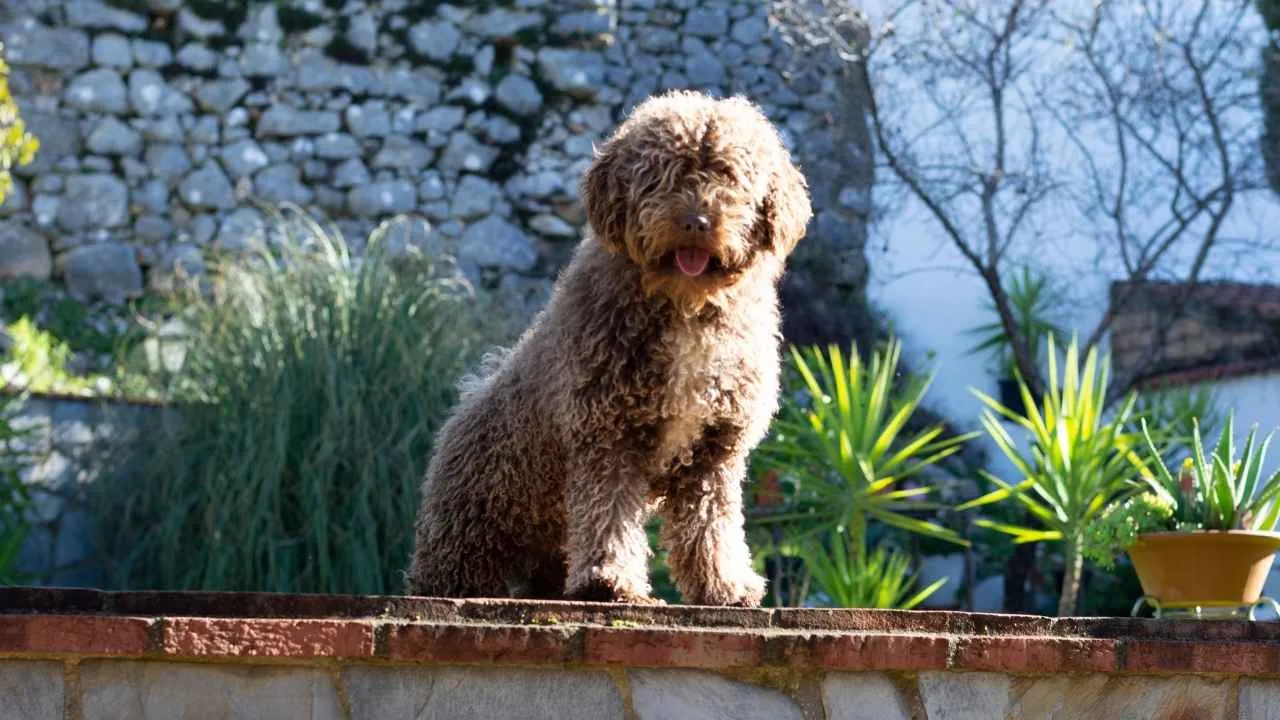
Spanish Water Dogs are known for their ease in swimming across rivers, often pacing themselves calmly in open currents. They remain alert without overreacting to soft movements or ripples. This stability makes them dependable when boating through still or gently flowing waters.
Focused and Trainable Outdoors
This breed listens well during outdoor activities, following commands clearly while staying close when needed. Their responsiveness is useful for boat trips that require calm, steady behavior. These traits make them especially well-suited for relaxed time on the water.
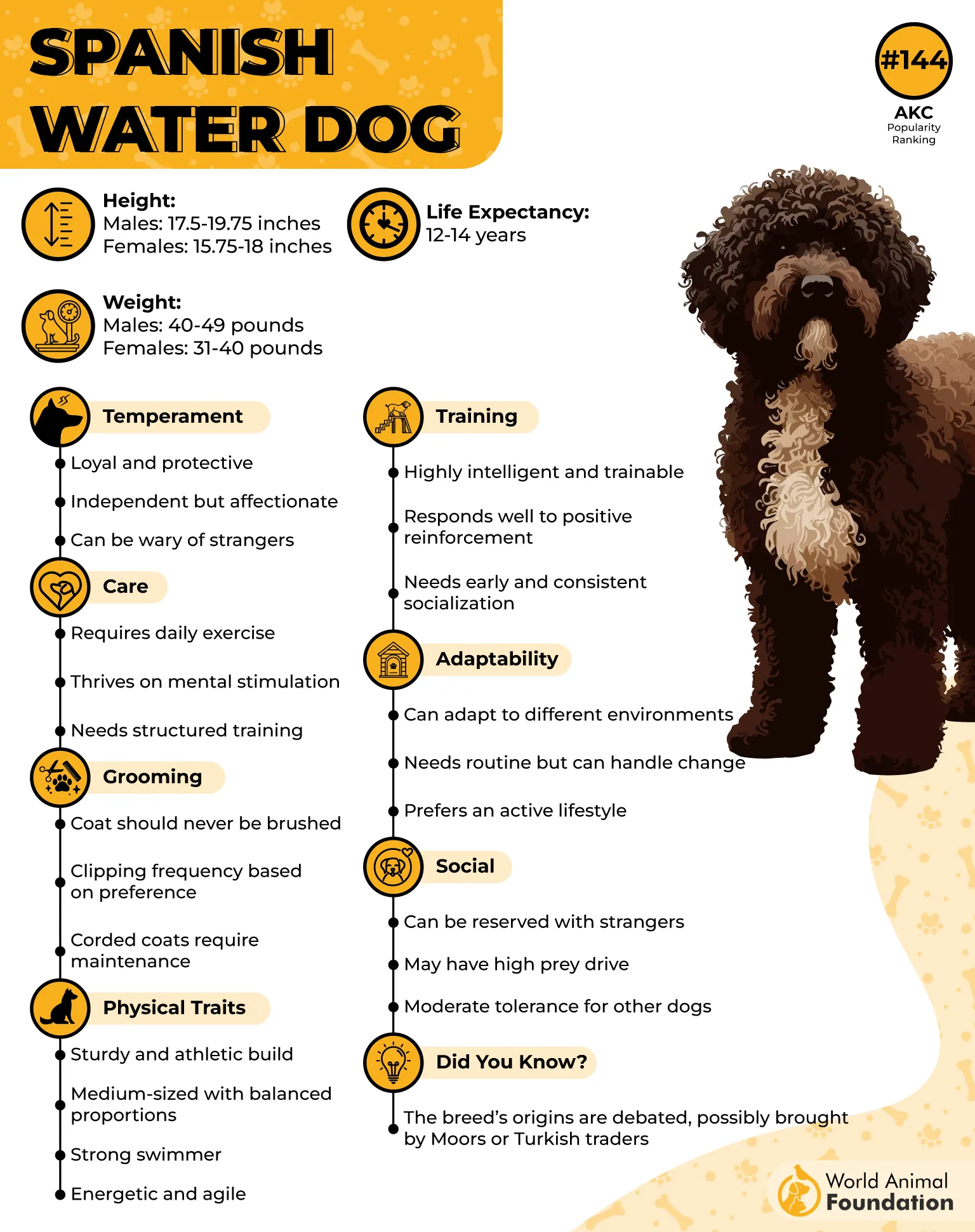
Strong Swimmer Physique
With dense, curly fur and webbed toes, they’re naturally equipped for aquatic adventures. The coat helps prevent water from penetrating deep, even during long swims. These features lower the risk of fatigue during longer trips across calm stretches.
Balanced Companion Energy
While they’re highly active on land, they adjust their pace when with people on the water. As a pet, they’re eager to share slow moments and take breaks without constant stimulation. Their balanced energy brings quiet consistency to calm outdoor routines.
4. Portuguese Water Dog
Portuguese Water Dogs have a long history of navigating still and moving water, showing no hesitation in stepping into rivers. Their body control makes them ideal for narrow spaces like small boats. This confidence keeps them stable even during slow drifts or anchor shifts.
Adaptable on Board
This breed stays calm around paddles, shifting gears, and splashing, which is common during relaxed boating. They adjust quickly to the boat’s pace and human movement. Long days at the lake don’t seem to tire them mentally or physically.
Built for Water Activity
They are equipped with webbed paws and a waterproof, wavy or curly coat, helping them swim without resistance, as stated in Royal Canin. These features also help them recover from unexpected slips or dives. Their coat also dries relatively fast, keeping the dog comfortable afterward.
Excels in Outdoor Settings
Whether it’s a weekend ride on a quiet lake or relaxing near a beach shore, this breed blends into the setting with ease. They wait patiently until they’re called to join the water. Their companionship adds rhythm to a slow-paced, peaceful trip.
5. Labrador Retriever
Labradors adjust well to boats due to their calm energy and body control in small spaces. They stay steady on decks, even with mild water motion. Their temperament helps reduce anxiety during longer river floats or calm paddles.
Interest in Water-Based Activity
Labs are known for their enthusiasm toward water, often jumping in without needing direction. They don’t panic when wet and enjoy staying close to shorelines. Their excitement often builds when they see splashes or hear paddles hit the surface.
Retrieving Ability and Focus
They were originally developed to retrieve waterfowl, which explains their patience around water zones. This instinct carries into play during boating trips when sticks or toys are involved. They wait for signals and return efficiently, even in light currents.
Breed Versatility and Stamina
As one of the most popular breeds worldwide, Labs are chosen for activities that require steady energy. Their stamina allows them to stay active without early fatigue. Their history as water dog breeds shows in how easily they adapt to floating environments.
6. Golden Retriever
Golden Retrievers are known for being steady and calm when placed on boats, even during long hours. They don’t overreact to ripples or light movement beneath them. This natural ease allows them to sit, rest, or observe without constant redirection.
High Responsiveness Outdoors
They can be easily trained to stay seated, lie down, or move gently when cued during a river ride. Commands are picked up quickly and applied in real situations. This control helps prevent sudden movements on smaller or low-railed boats.
Comfortable With Families
Golden Retrievers are affectionate and people-focused, making them eager to share space with everyone onboard. Whether you’re with friends or kids, their social nature creates a stress-free atmosphere. They enjoy the calm setting as part of a group routine.
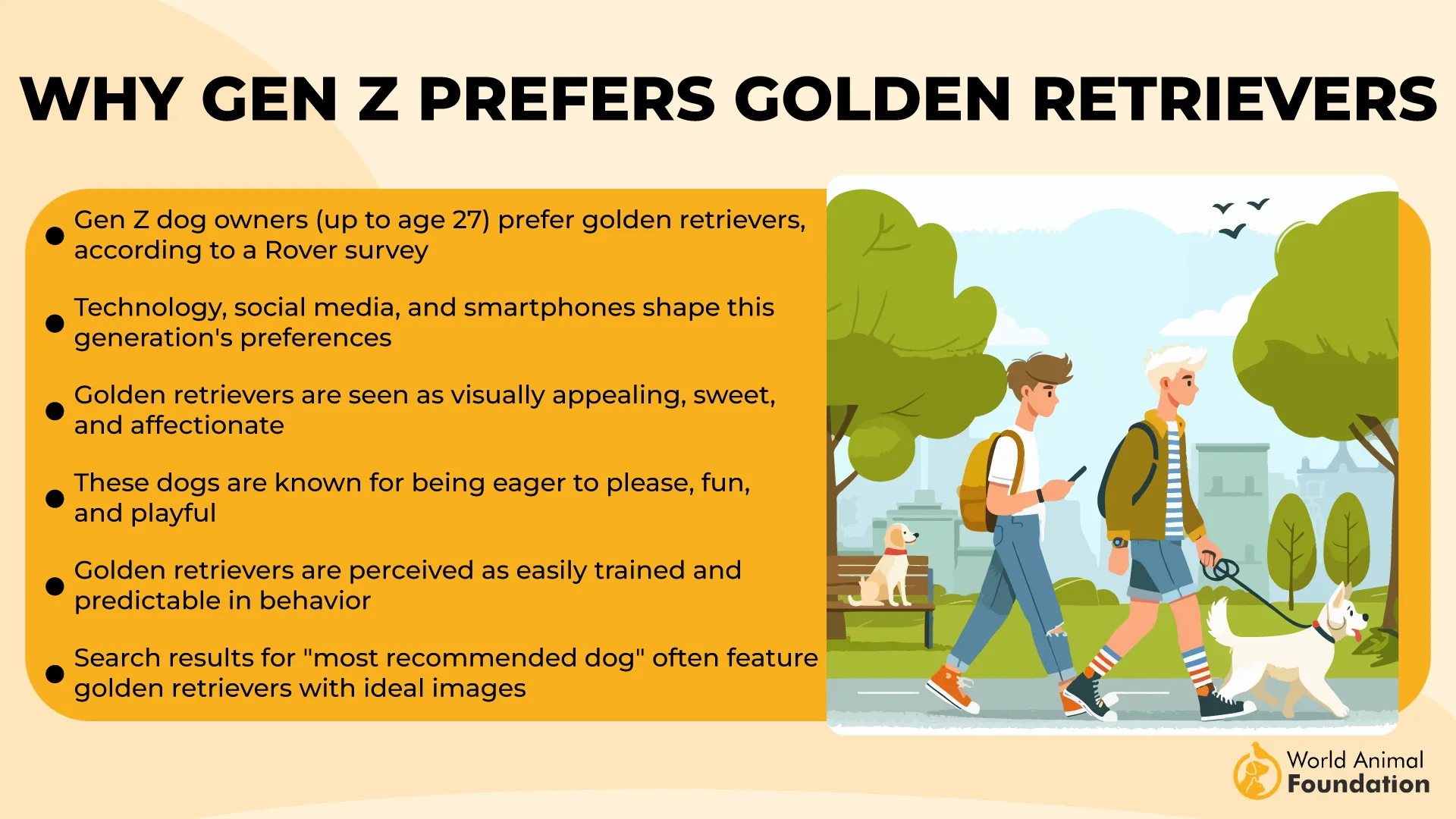
Natural Fit for Water
An intelligent breed with a soft mouth and love for swimming, they often move between land and water with ease. Their water-repellent coat and webbed toes support short swims if the boat docks mid-river. These features make them a trusted boating companion.
7. Chesapeake Bay Retriever
The Chesapeake Bay Retriever adapts well to small or mid-sized boats due to its confident footing and balanced movement. It stays calm even when waves gently shift the vessel. This balance is useful during steady rides along wide riverbanks.
Focused and Mentally Grounded
This breed tends to remain focused for long periods, which fits the rhythm of relaxed boating trips. It doesn’t fidget or get overstimulated in open spaces with moving water. Its steady gaze is often directed at the waterline or small floating debris.
Love for Water Entry
It is known to enjoy voluntarily entering calm waters, either for a swim or brief play. The slow current of rivers suits its natural swimming pattern. Without rushing or splashing, it glides smoothly and returns quickly on command.
Dense Coat Helps with Comfort
Its thick, oily double coat helps the breed stay warm and dry even when exposed to splashes or early morning mist. This keeps it comfortable during longer sessions on the river. The fur also dries relatively fast after a light swim or rinse.
Conclusion
Calm rivers create a different pace, and not every breed adjusts to it. But the ones above do more than adapt. They bring a steady rhythm to days on the water, quietly matching your energy and the pace of the current.
Whether bred for retrieving ducks or simply drawn to movement and light, these dogs settle in naturally. Some were developed as waterfowl retrievers, shaped by generations of work.
Others thrive because they’re highly intelligent and learn what boating requires. Even in icy waters, they show little hesitation. When the boat drifts and the sun sits low, these breeds stay calm. And they stay with you.


